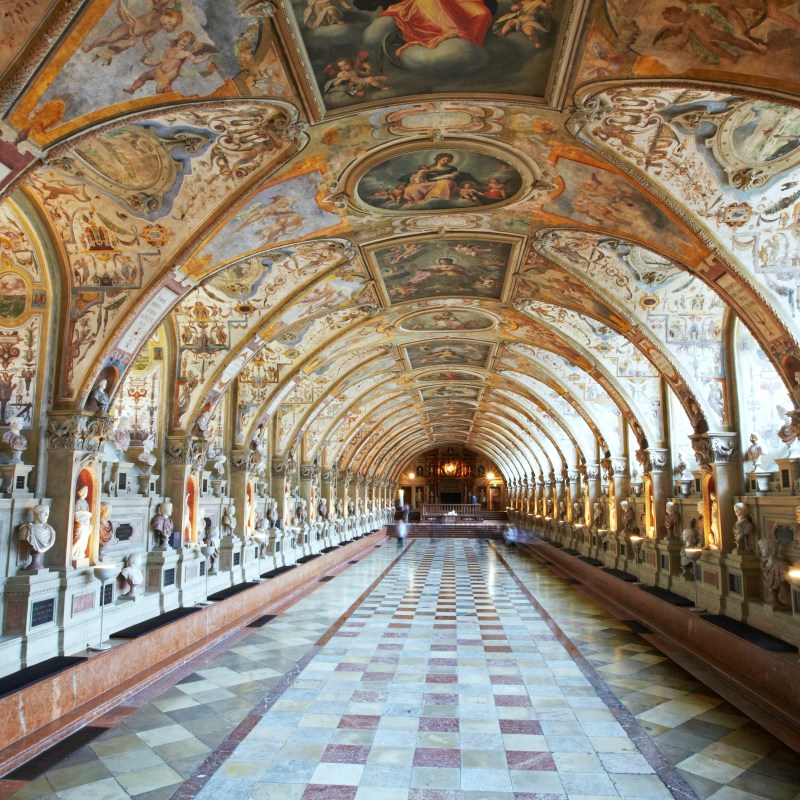
There’s one German castle that almost any traveler would recognize: Neuschwanstein.
Videos by TravelAwaits
Recently inducted as a UNESCO World Heritage Site, it’s likely to draw even more tourists to the small Bavarian town of Hohenschwangau in Germany’s south.
But should you bother with a castle that was built in the late 1800s to mimic earlier models?
If you haven’t heard, Neuschwanstein isn’t typically considered a historic castle. It was built as a passion project (similar to a folly) by King Ludwig II in a style known as castle romanticism.
That should tell you what you need to know—the castle, though wholly impressive, was designed and built to mimic the stately, grand castles and keeps of the Middle Ages, mostly for fun, for grandeur, for the chance to display a great sum of wealth.
But if you’re on the hunt for German palaces, churches, and buildings that are actually historic, moody, atmospheric, and even slightly spooky, then you need to look beyond the purview of Neuschwanstein.
Here’s where to go to find German palaces that will have you transfixed and staring for hours.
Quick note: The locations below are listed with the terms palace and schloss, interchangeably. Schloss is German for palace and castle, depending on the context.
German palaces that will make your jaw drop
- Schloss Weissenstein or Weißenstein (Pommersfelden)
- Sanssouci Palace (Potsdam)
- Schloss Moritzburg (Moritzburg)
- Nymphenburg Palace (Munich)
- Munich Residence or The Residenz (Munich)
- Schloss Pillnitz (Dresden)
- Schloss Veitshöchheim (Veitshöchheim)
- New Castle or Neues Schloss (Bayreuth)
- Würzburg Residenz (Wurzberg)
- Charlottenburg Palace (Berlin)
- Schloss Schleissheim (Oberschleissheim)
- Schloss Johannisburg (Aschaffenburg)
The most lush, opulent German palaces
Schloss Weissenstein or Weißenstein (Pommersfelden)
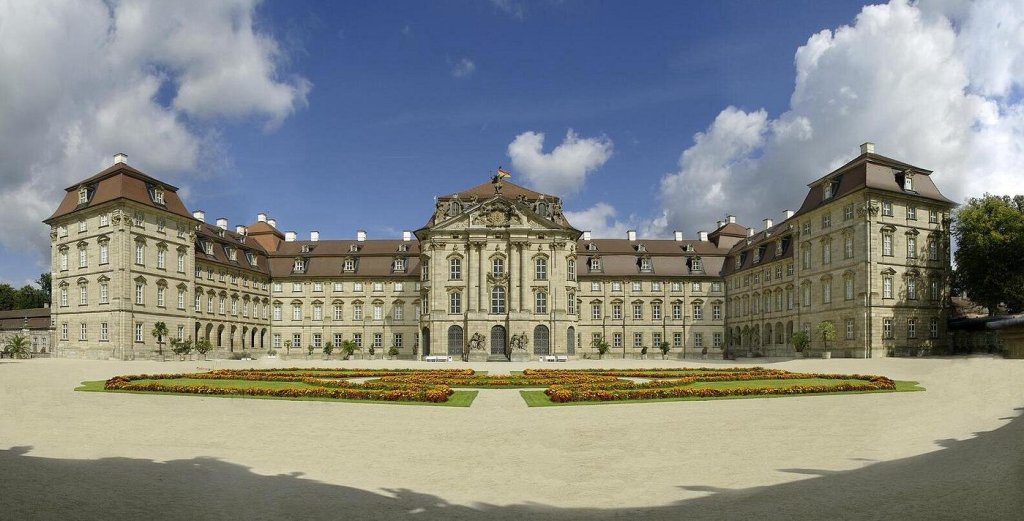
Let’s kick this list off with the coolest German palace of the bunch—and by cool, I mean its exclusive. Built in the early 1700s as a private residential palace for the noble Schönborn line, this unique Baroque masterpiece is still in the family.
In fact, it’s home to the family’s collection of Baroque art—which is the largest private collection in the world. Despite still being in the Schönborn family, this schloss is open to the public. And it’s easily my favorite of the bunch. If you’ve been watching Netflix’s The Empress, you might recognize the grounds—they’re Sisi’s main residence in the show.
Sanssouci Palace (Potsdam)
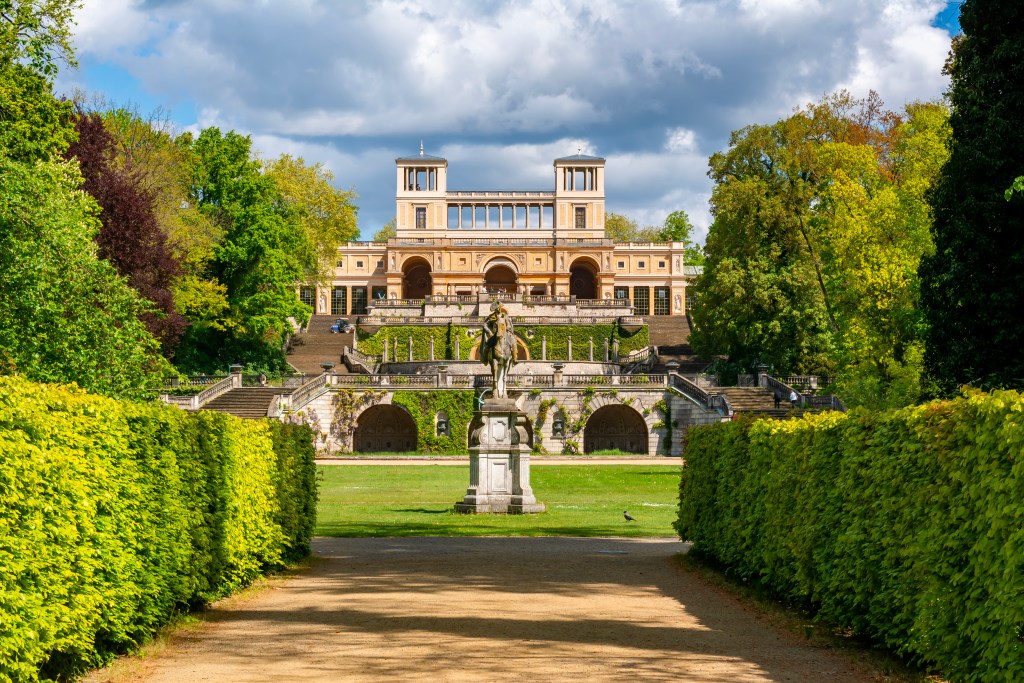
Built by Prussian King Frederick the Great in 1747, Sanssouci Palace is often dubbed Germany’s Versailles. In fact, the name comes from the French ‘sans souci’, which translates to ‘witout worries’. The main difference, however, is the palace’s size—it has one floor sat atop a terraced hill. The Rococo design is endlessly lush and detail-oriented, drawing the eye. There are also temples and follies dotting a grand, almost endless garden.
Schloss Moritzburg (Moritzburg)

Of all the German palaces listed here, Moritzburg is the cutest—it almost looks like a Studio Ghibli creation. It’s also one of the oldest, having first been constructed in the mid-1500s for the Duke Moritz of Saxony as a private hunting lodge. Over the centuries, it was slowly expanded and continually inhabited by royals and nobles. And that only ended when the Soviets showed up to repo the palace in 1945.
Nymphenburg Palace (Munich)
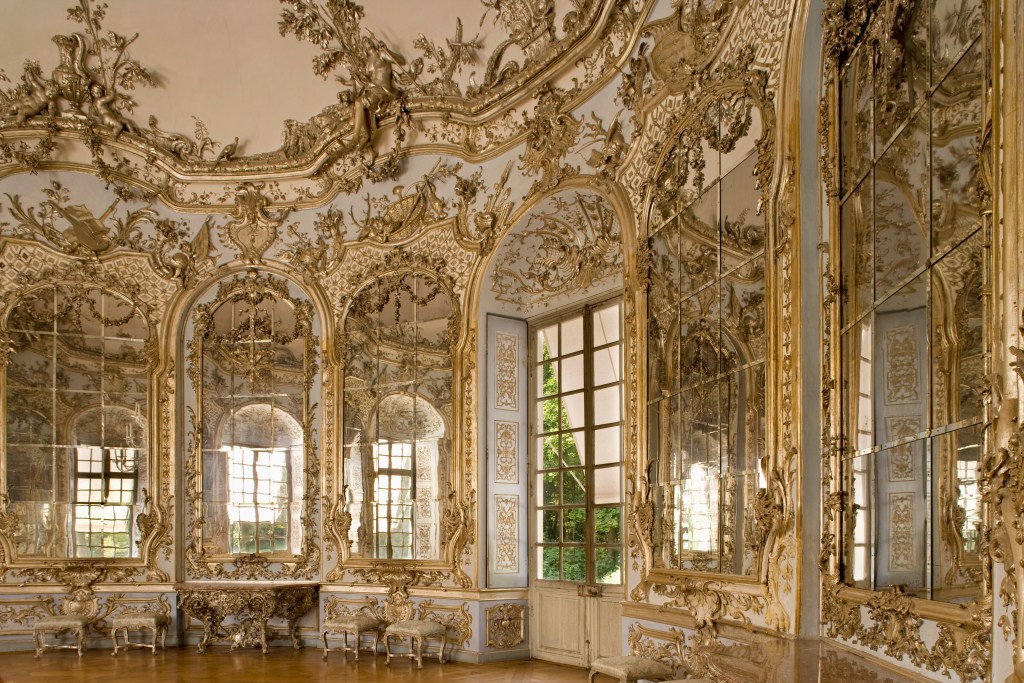
Nymphenburg Palace wins the name of games—it translates to Palace of the Nymphs. Built in the late 1600s by the noble House of Wittelsbach, the Palace of the Nymphs has a larger main edifice than even the Palace of Versailles. Like you might expect, you can expect to see mythological motifs and themes through the palace murals, textiles, architecture, and more.
Munich Residence or The Residenz (Munich)
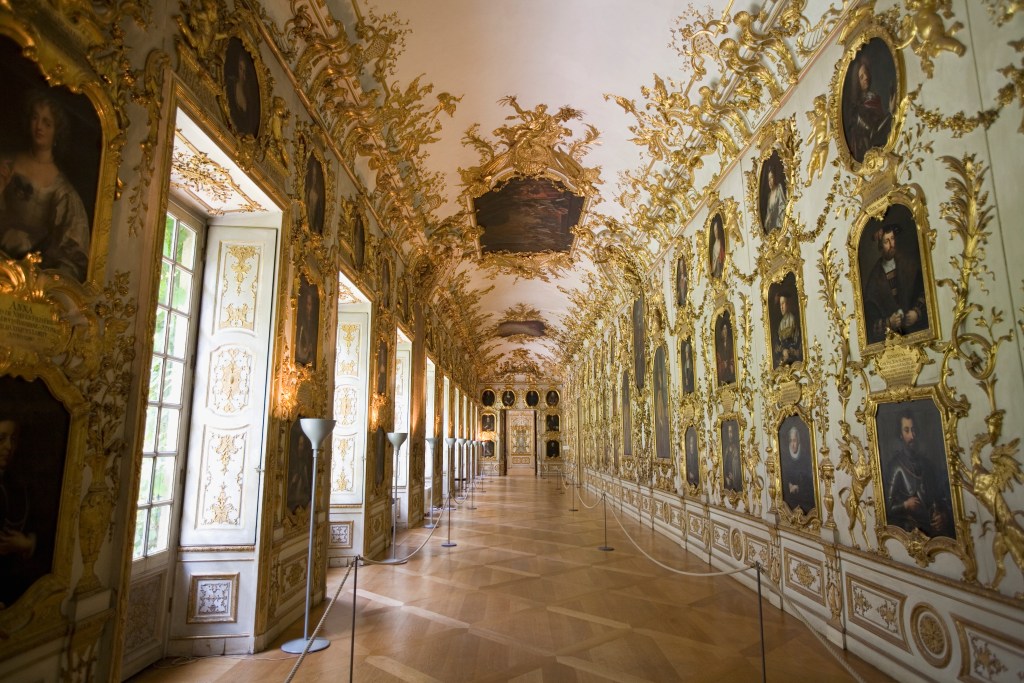
The same Wittelsbach royals who constructed the Nymphenburg Palace also built the Residenz in Munich. As one of the most powerful families in Bavaria that ruled from Munich, The Residenz includes multiple buildings, courtyards, and plazas that served their needs. There are residential wings, a theatre, treasury, coin collection, Egyptian art collection, and more.
Schloss Pillnitz (Dresden)
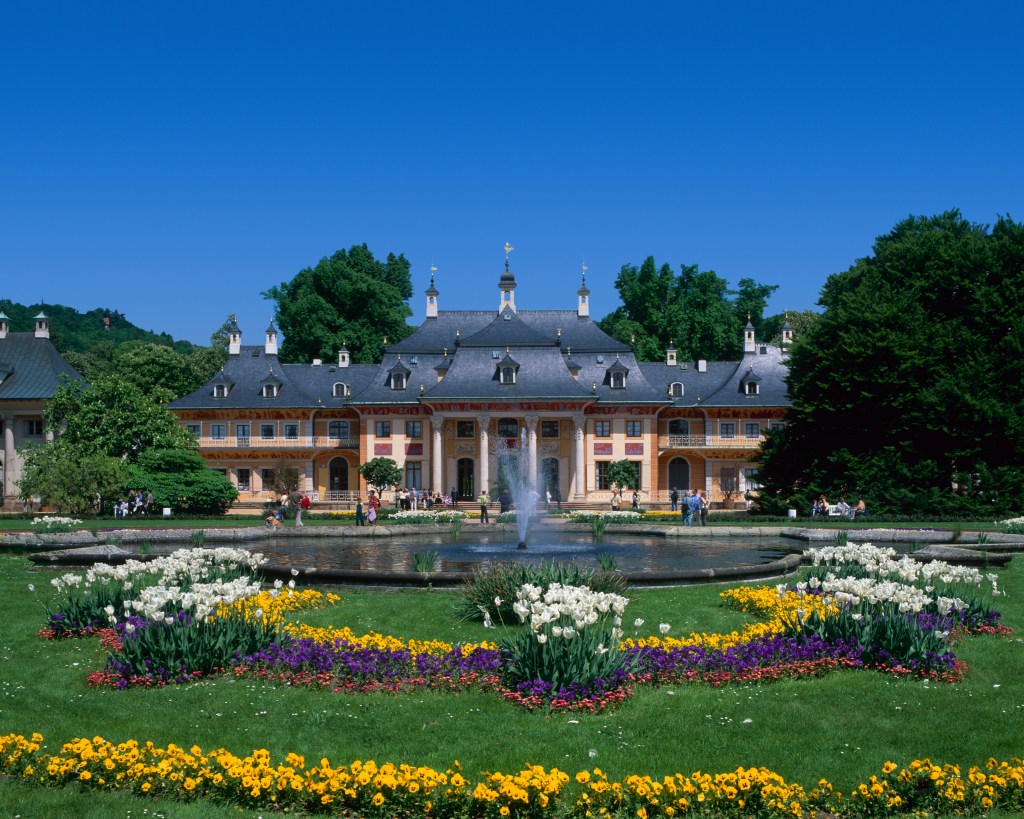
This restored Baroque castle is a riverside palace with three unique buildings that have an Eastern influence. The castle was built in a Neoclassical style with many ‘Chinoiserie’ elements, which is a European take on traditional Chinese architecture. Fun fact: the original grounds held a fortress, which was purchased and expanded into a palace by a powerful local official as a gift for his favorite mistress.
Schloss Veitshöchheim (Veitshöchheim)
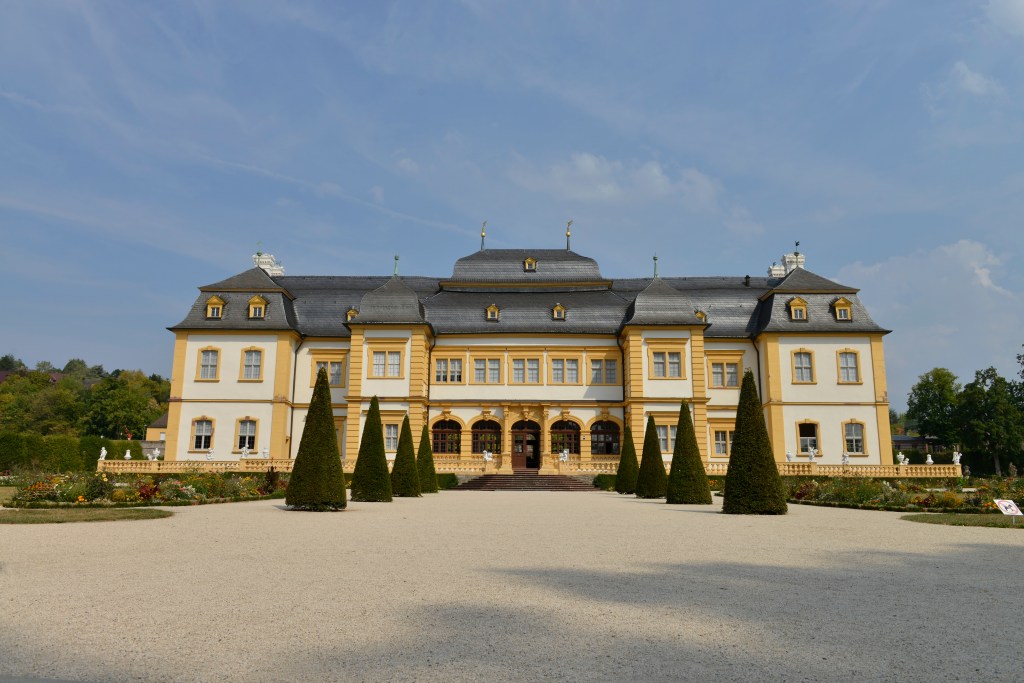
This is one of the more modest German palaces on this list, created as a summer getaway spot for a local noble family in the 1680s. The gardens are particularly beautiful, offering grand sculptures in the Rococo and Baroque styles.
New Castle or Neues Schloss (Bayreuth)
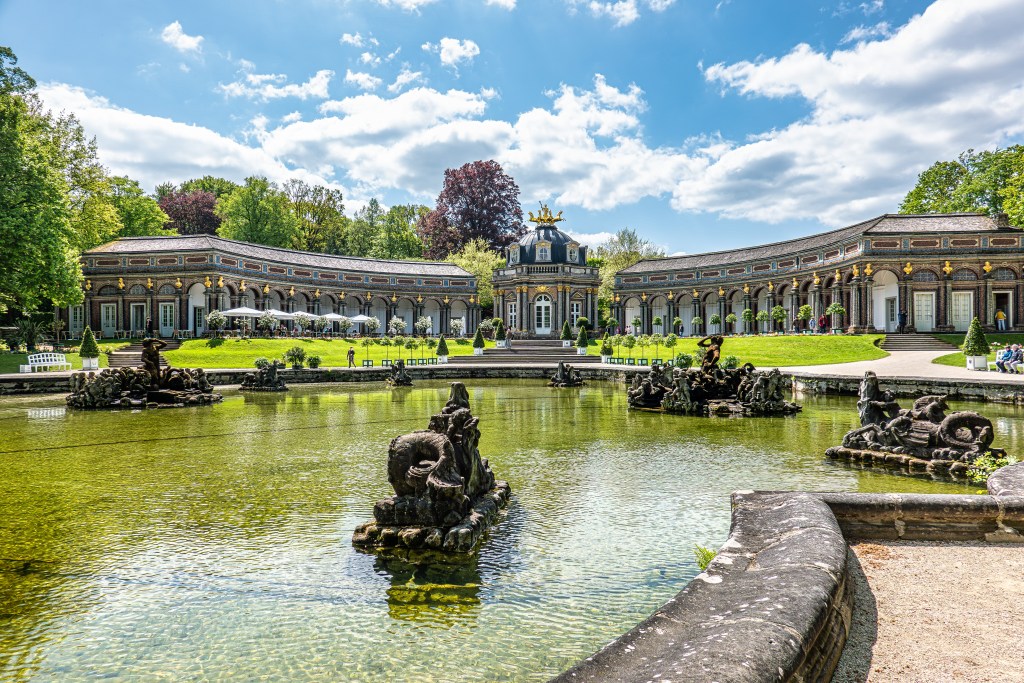
Carefully reconstructed after a devastating fire in the mid-1700s, New Castle (which replaced Old Castle) is a master class in Baroque style in the local style. There’s a lavish ballroom with tons of gold stucco, for example, along with a grand palm room that’s home to emerald fronds. Though a bit out of the way, it’s a hot spot for architectural and design buffs, as its considered a crown jewel in Europe’s Baroque tradition.
Pro tip: New Castle is on the grounds of the Hermitage or Eremitage (in German) of Bayreuth. The complex includes other must-see sites, including remnants of the Old Palace.
Würzburg Residenz (Wurzberg)
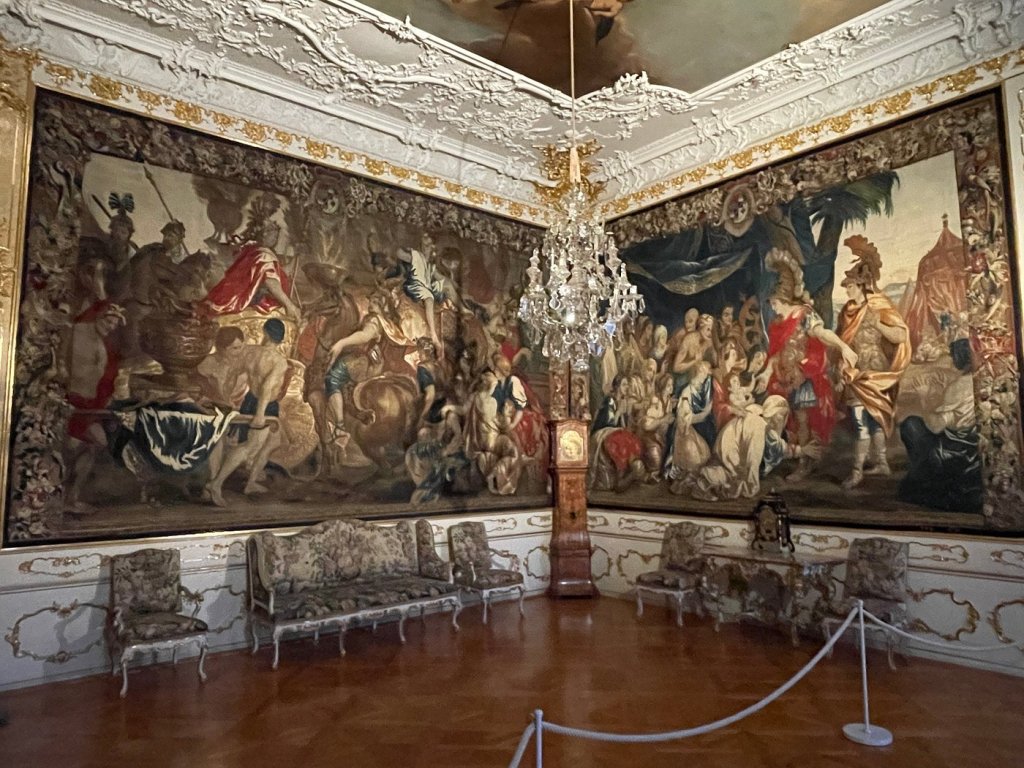
Like the Munich Residenz, this isn’t a traditional schloss—it’s a grand palace that served as the private residence and administrative hub for local nobility and royals of the Schönburg family. (That’s the same noble family behind Schloss Weissenstein.)
It’s considered one of the premier spots in Europe to experience Rococo and Baroque master paintings and murals. Frescoes were completed by famous Venetian painters, which is partly the reason the Würzburg Residenz was named a UNESCO World Heritage Site in 1981.
Charlottenburg Palace (Berlin)
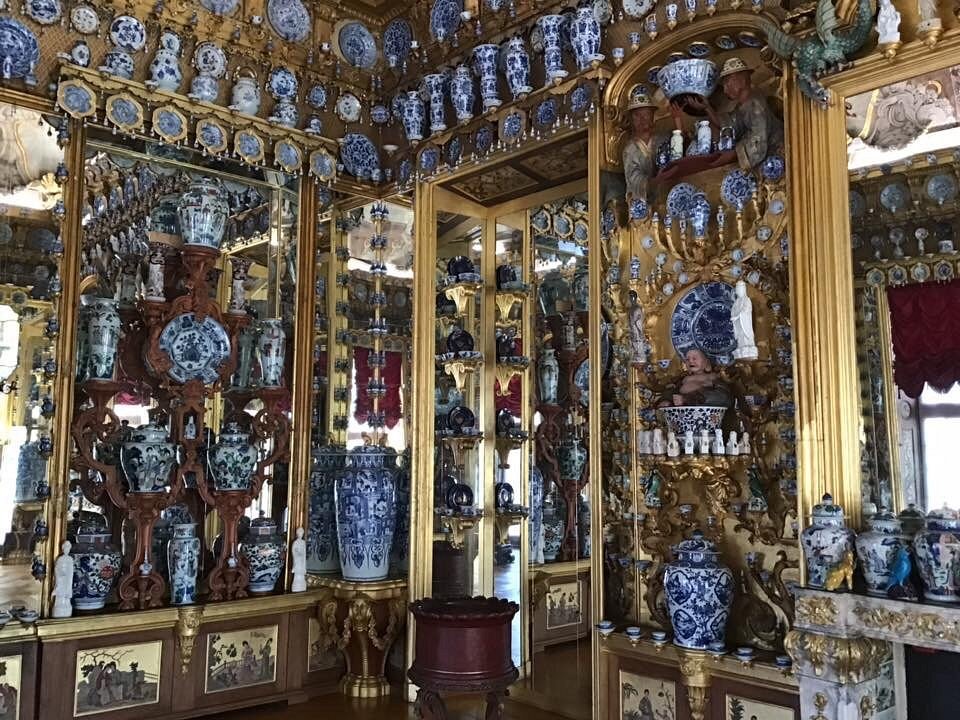
Though certainly not off the beaten path, Charlottenburg is a can’t-miss for any fans of truly opulent German palaces. The grounds, which were built in the late 1600s for the royals, offer one of the most lavish Baroque and Rococo interiors in Europe. (Fun fact: Charlottenburg Palace, which was refurbished extensively post-WWII, was also the seat of the German presidency from 2004-06.)
Schloss Schleissheim (Oberschleissheim)
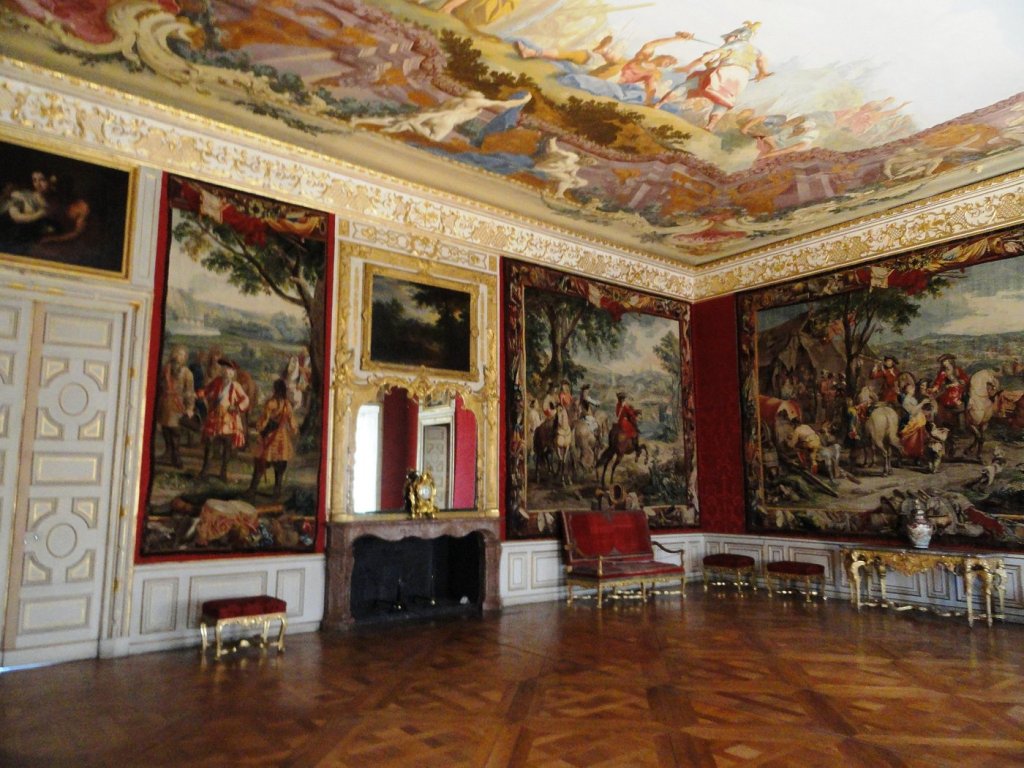
This three-for-one palace includes three massive residences that were built by the noble Wittelsbach family in the late 1500s. That makes the original Old Palace a Renaissance-style country home, with further projects edging into the Rococo and Baroque eras.
However, you’ll notice quite a few recent restorations, as much of the complex was destroyed during World War II. If you visit, don’t miss the gallery of Baroque paintings—it’s one of the world’s most extensive collections.
Schloss Johannisburg (Aschaffenburg)
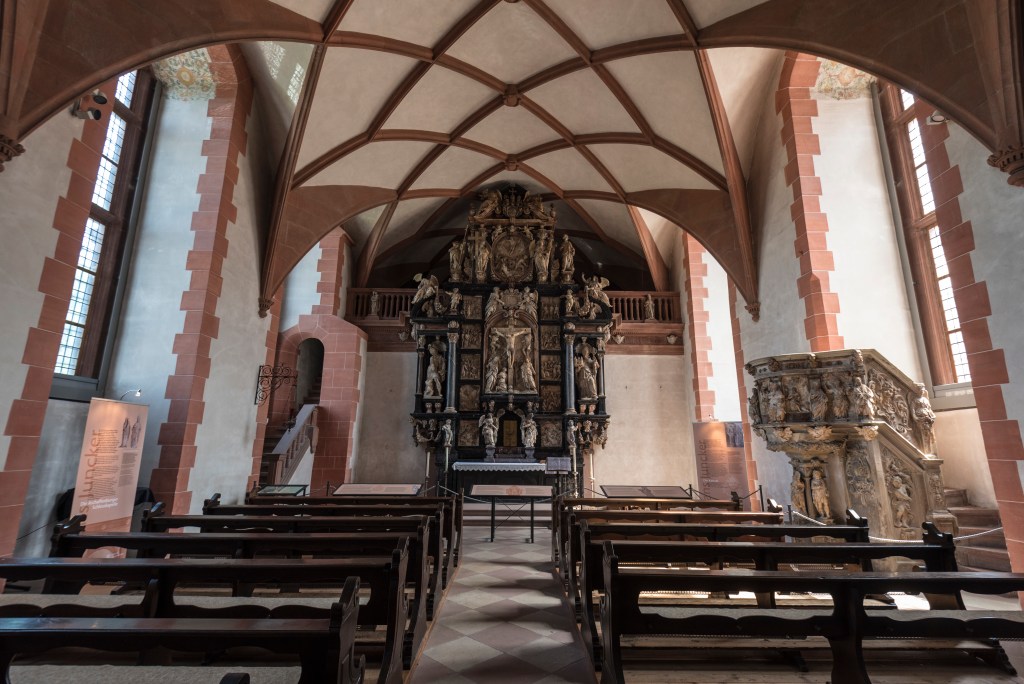
Built in the iconic red sandstone common to the area, this is a hard palace to forget. Built in the early 1600s for a local Prince-Bishop, it sits on the site of a historic keep from a castle dating back to the 1300s, which had been destroyed in the 1500s. It’s a little different from the other German palaces listed here, as the interior was fully converted in the early 1800s to a more modern Classic and Neo-Classic style.
